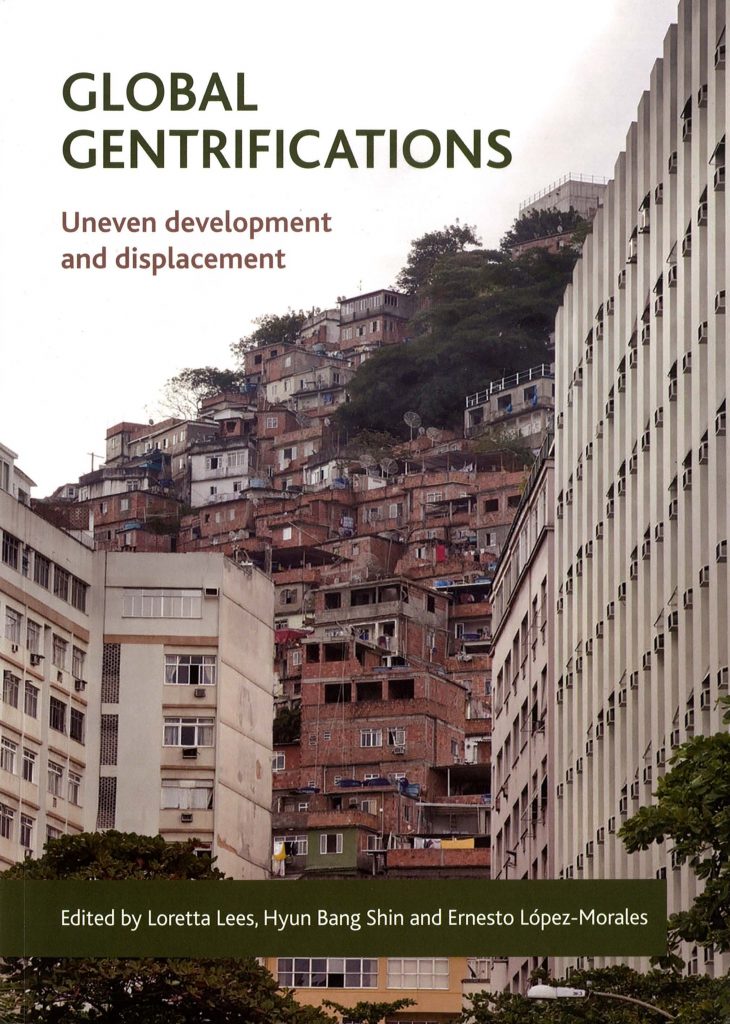Gentrification dispositifs in the historic centre of Madrid: A re-consideration of urban governmentality and state-led urban reconfiguration.

Abstract
Fuelled by major social, political and economic transformations occurring since the early 1990s, the historic centre of Madrid, home to roughly 145,000 inhabitants, has undergone a series of fundamental re-articulations that have boosted its functional role and symbolic imaginary. Amongst others, the implementation of different urban renewal programmes has strategically targeted its economic revalorisation. Additionally, specific master plans for the area have structured the investment policies around joint and coordinated actions between public administrations and private initiatives, chiefly aiming to bolster capital investment in commercial, cultural and real estate activities. Beyond this, an extensive ‘touristification’ of the area has been taking place. As a consequence, many parts of the historic centre of Madrid (such as the neighbourhoods of Malasaña, Chueca and the Las Letras quarter) can now be considered as gentrified or at least as spaces that have been experiencing intensive processes of gentrification. During the long boom decade between 1995 and 2007, the price increases in real estate transactions in the central district outperformed all other neighbourhoods of the city, and since then the historic centre’s housing prices have consolidated at above average prices – both for purchase and rental agreements.


